
Emulation cluster No. 2 - Provincial Agencies and Enterprises delegation organized the Long An traditional journey of bravery and resilience at Rach Kien Crossroads historical site
1. The historical and cultural relic Rach Kien Crossroads in Hamlet 1, Long Hoa Commune, Can Duoc District is a place that marks the strength and bravery of the people of Can Duoc and Can Giuoc, establishing a glorious feat, a "Rach Kien American Destruction Belt" that terrified the enemy, contributing to defeating the US's local war strategy in South Vietnam.
According to the tour guide at the Rach Kien Crossroads Historical Site, in 1996, the Rach Kien American Extermination Belt was recognized by the Ministry of Culture and Information (now the Ministry of Culture, Sports and Tourism) as a national cultural historical site. In 2011, the site was restored and embellished by the province to recreate the arduous struggle and the sacrifices of our army and people after nearly 1,000 days and nights, along with many artifacts on display.
This place recreates the history of a time when it was a field airport, artillery yard, officer club, and military camp of the American base. In particular, the relic has a model summarizing the developments of the Rach Kien American Destruction Belt, recreating the struggle after nearly 1,000 days and nights of brave fighting, full of sacrifice and hardship of our army and people.
According to historical documents, on December 20, 1966, the US imperialists sent troops to reoccupy Rach Kien with the plot to control and attack the liberated areas of Can Duoc and Can Giuoc, in order to destroy the revolutionary forces and save the increasingly deteriorating situation. At that time, the US sent planes to carry steel and concrete to build artillery grounds, airports, infantry areas, command posts, and puppet administrative areas. Around this area, the enemy also arranged 6 layers of barbed wire and 3 lines of very solid minefields. From this base, the enemy continuously bombarded everywhere, day and night.
On our side, under the direction of the Provincial Party Committee and the Provincial Military Command, the Rach Kien American-destroying Belt was formed with a scope of 12 communes: Long Hoa, Tan Trach, Long Trach, Long Khe, Phuoc Van, Long Son, Long Dinh, Long Cang, My Le, Phuoc Tuy of Can Duoc district and 2 communes: Phuoc Lam, Thuan Thanh of Can Giuoc district. Our forces were deployed on 3 belt lines: Line 1, the inter-commune guerrillas of Long Hoa and Tan Trach arranged spike pits, planted mines, grenades, and ambushed and snipered the enemy; line 2, the provincial army and local army dispersed into small units to destroy the enemy; line 3, the commune guerrillas, secret guerrillas combined with the people arranged spike pits, grenades, and wasp nests throughout the commune to prepare the terrain for fighting the enemy. On the American-destroying belt, we organized the digging of dike sections to act as obstacles to block the enemy's M113 vehicles.
After nearly 1,000 days and nights of brave and arduous fighting, our army and people destroyed thousands of American soldiers, damaged 17 planes, 20 armored vehicles, captured many war vehicles, forcing the enemy to abandon this base.
2. Deputy Secretary of Can Duoc District Youth Union - Dang Vu Khanh shared that every year, the Youth Union and Pioneer chapters in the district regularly organize for Youth Union officials, members, youth, and children to visit this relic site to celebrate major national holidays,... On average, every year, over 12,000 Youth Union members, youth, Pioneer members, and students come to visit and learn.

Union officials, union members and youth visit Rach Kien Crossroads Historical Site
This is also where the Youth Union organizes the admission of members to the Youth Union. Through these “red address” activities, students will learn more about local history, thereby fostering patriotism, national pride and awareness of their own responsibility in the work of building and defending the Fatherland.
Secretary of the Provincial Court Youth Union - Truong Khanh Nam said: “The first time I visited the DTLS area, I learned more about the fierce war years, the ideals and sacrifices of the previous generation. I could not help but be moved and admire the arduous but very proud revolutionary life of many cadres and soldiers during the resistance war. As a cadre of the Youth Union, I will try harder to continue the fine traditions of the nation”.
The work of educating local traditions and history really motivates and multiplies the love for the homeland and country for the young generation. From there, it raises awareness and sense of responsibility in studying and working, knowing how to overcome difficulties, having the will and aspiration to strive to become useful citizens, actively contributing to the cause of building and developing the country, making the tradition of Long An land and people more famous./.
Netherlands
Source


![[Photo] President Luong Cuong receives Lao Vice President Pany Yathotou](https://vphoto.vietnam.vn/thumb/1200x675/vietnam/resource/IMAGE/2025/5/25/958c0c66375f48269e277c8e1e7f1545)
![[Photo] The coffin of former President Tran Duc Luong arrives in Quang Ngai](https://vphoto.vietnam.vn/thumb/1200x675/vietnam/resource/IMAGE/2025/5/25/1f1aca0d92ab47deae07934e749b35e6)
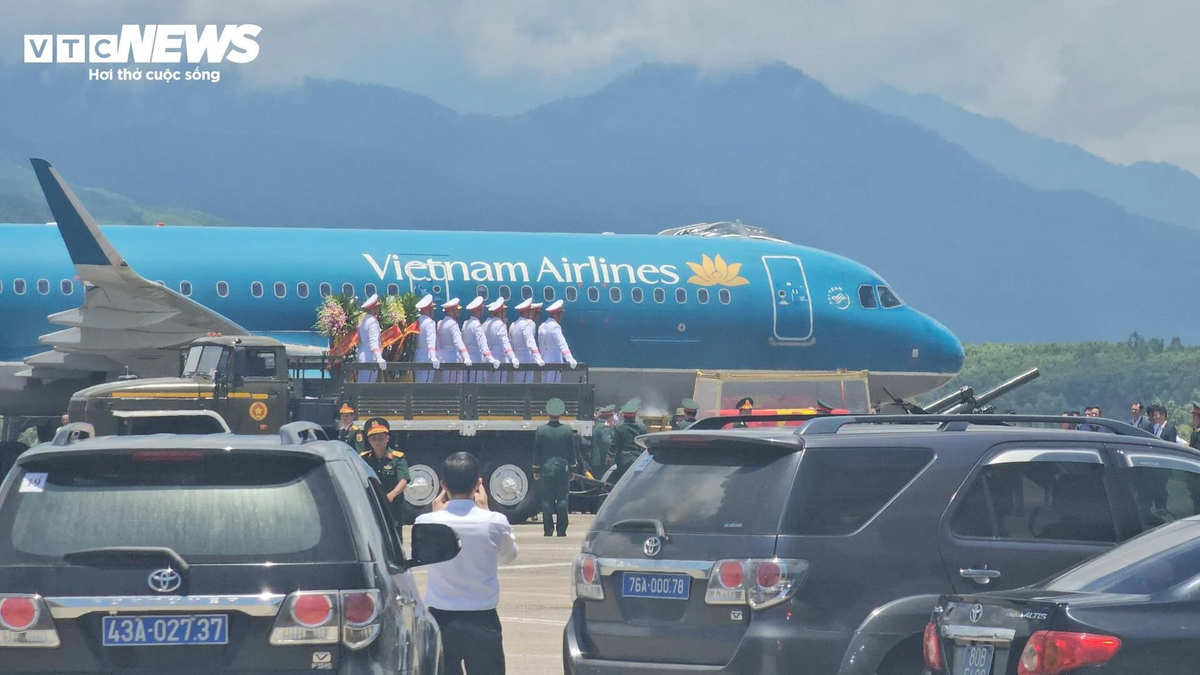

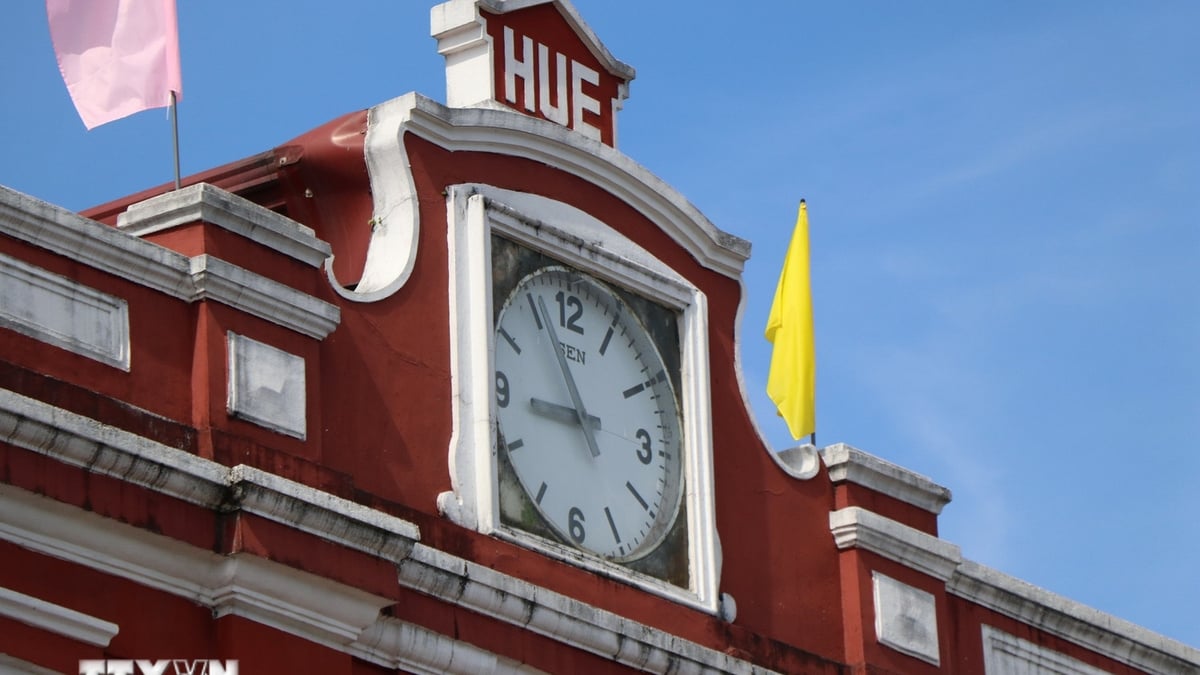
![[Photo] Festival of accompanying young workers in 2025](https://vphoto.vietnam.vn/thumb/1200x675/vietnam/resource/IMAGE/2025/5/25/7bae0f5204ca48ae833ab14d7290dbc3)
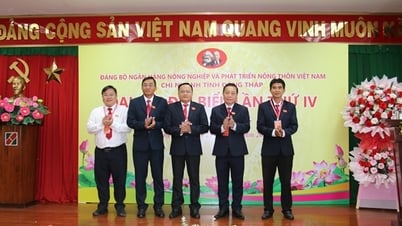


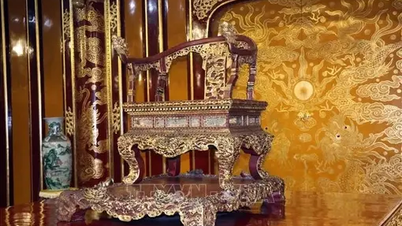


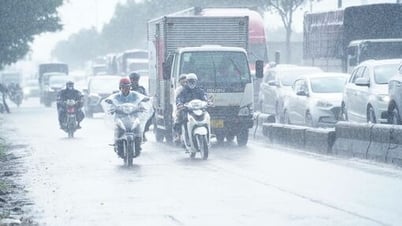


















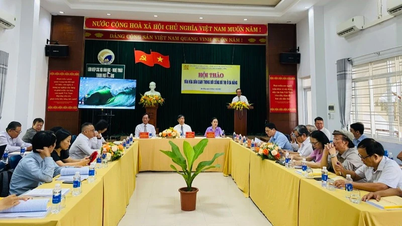






















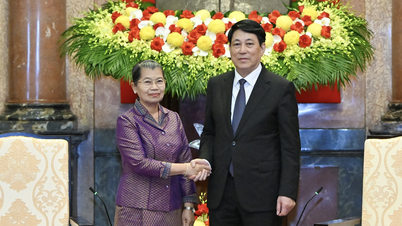













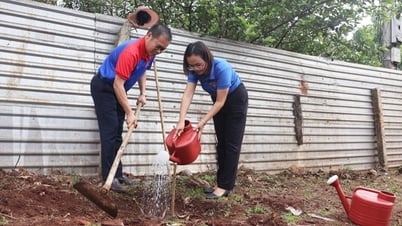




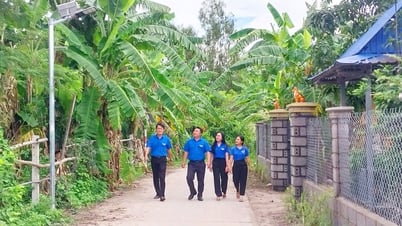





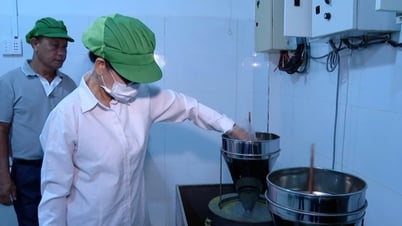




Comment (0)